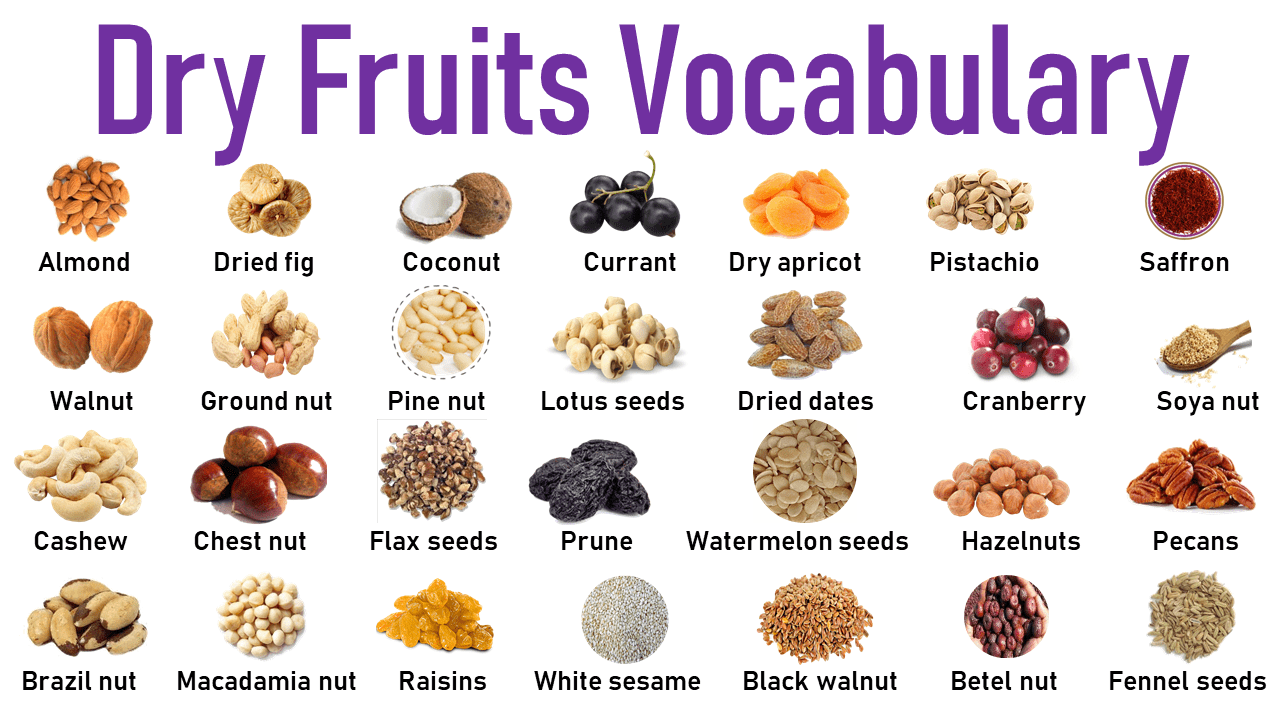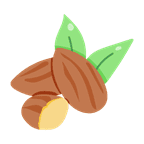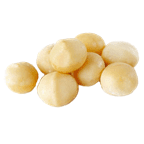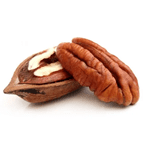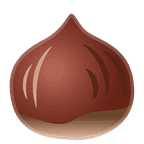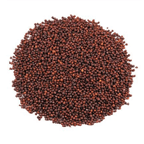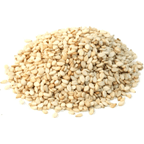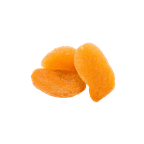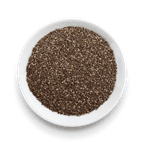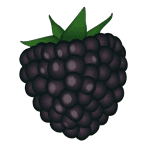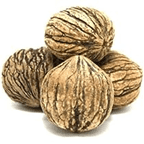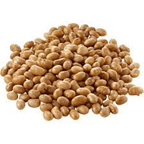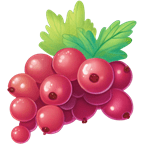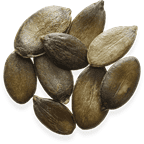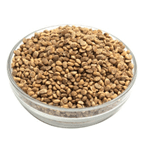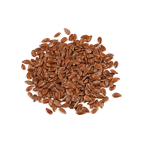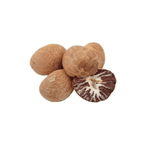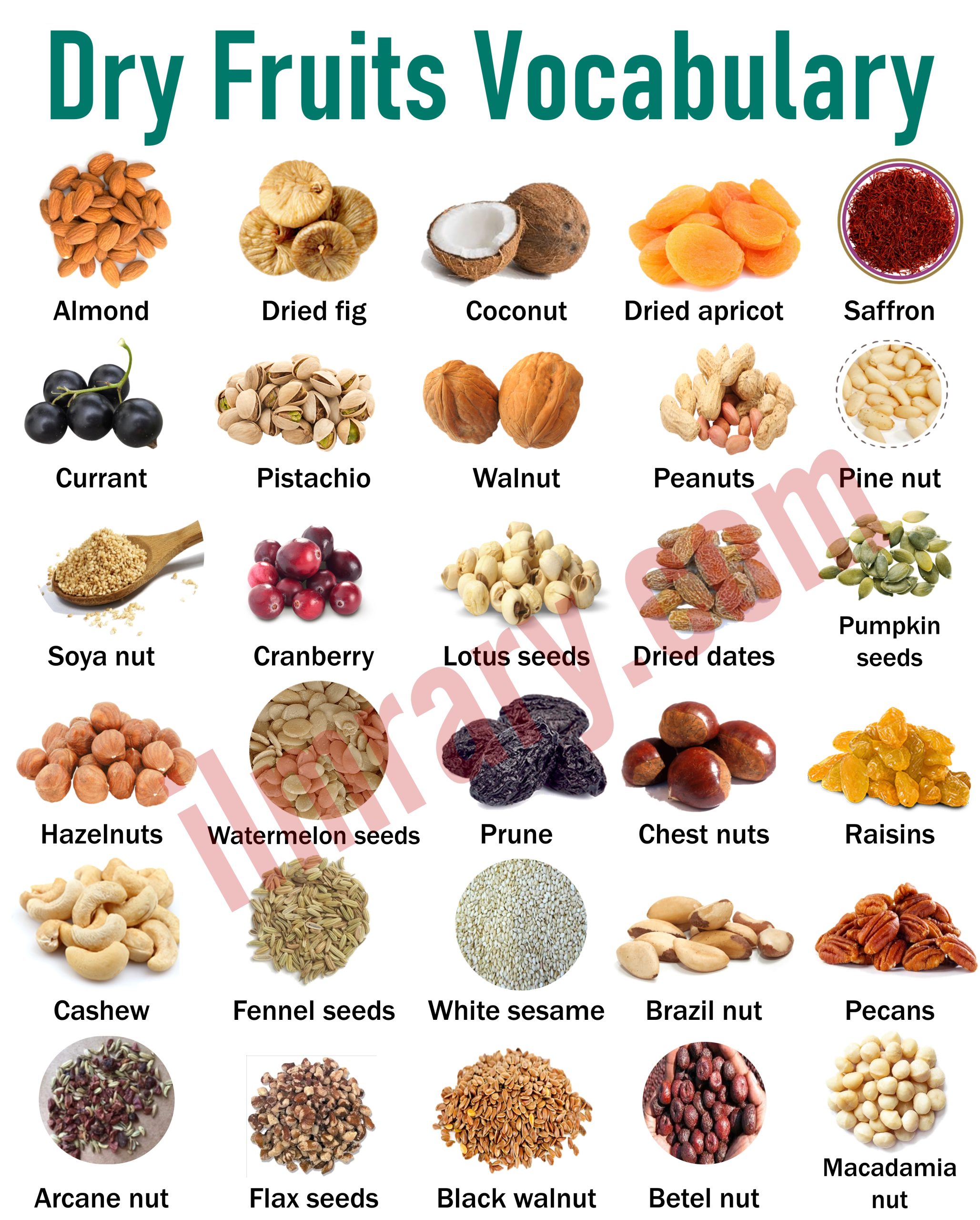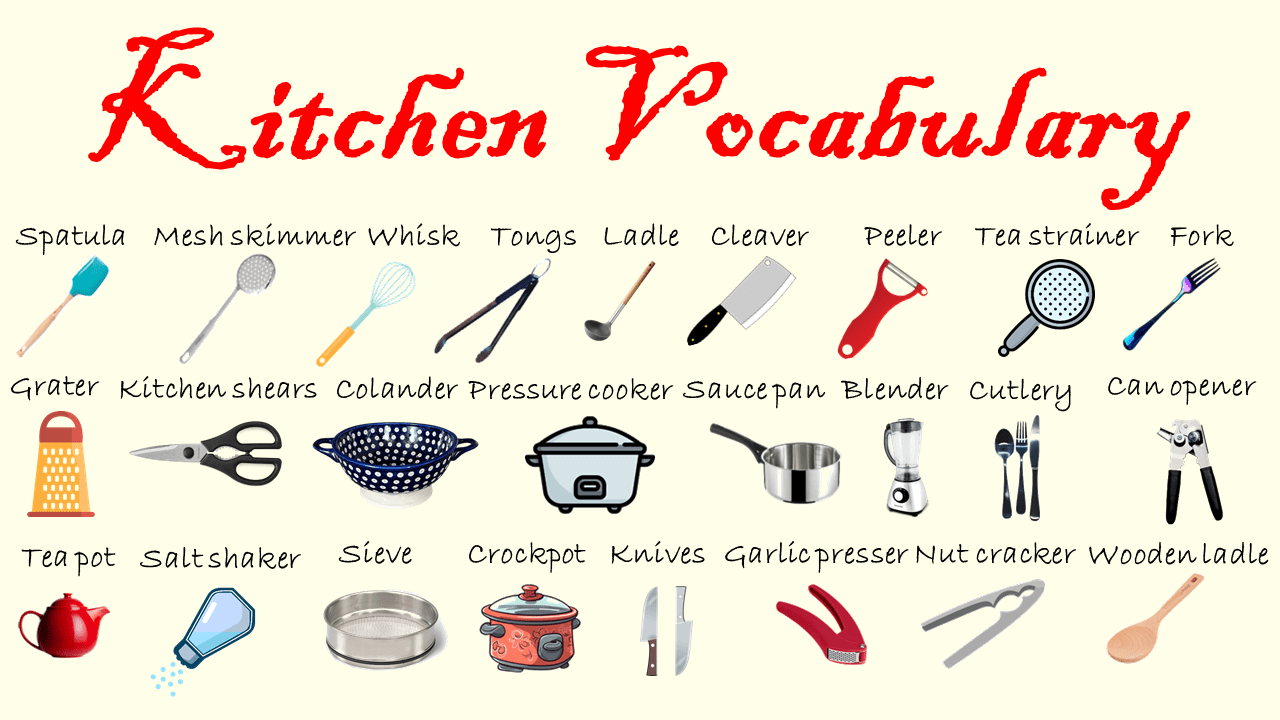Learning dry fruits vocabulary is of utmost importance for beginners due to several reasons. First and foremost, dry fruits are an essential part of a healthy diet, providing a plethora of nutrients, including vitamins, minerals, and antioxidants. Knowing the names of different dry fruits empowers beginners to make informed choices when selecting nutritious snacks and meals. Moreover, understanding dry fruits vocabulary enhances cultural awareness, as these fruits hold significant value in various cuisines and traditions worldwide.
It also fosters effective communication, enabling beginners to participate confidently in discussions about food, recipes, and dietary preferences. Lastly, mastering dry fruits vocabulary lays a strong foundation for language learning, as it introduces beginners to new words, their spellings, and pronunciations, helping them broaden their vocabulary and language skills overall. Embracing this knowledge of dry fruits vocabulary at an early stage enriches one’s life by promoting health, cultural appreciation, and linguistic development.
Dry Fruits Name in English
Scientific Names of Dry Fruits
- Almond: Prunus dulcis
- Walnut: Juglans regia
- Cashew: Anacardium occidentale
- Pistachio: Pistacia vera
- Hazelnut: Corylus avellana
- Pecan: Carya illinoinensis
- Brazil nut: Bertholletia excelsa
- Macadamia nut: Macadamia integrifolia
- Pine nut: Pinus pinea
- Coconut
Dry Fruits Names with Images
Raisins:
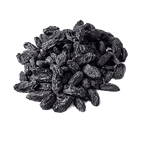 Raisins are dried grapes, available in various colors like black, golden, and green. They are a rich source of natural sugars, fiber, and various vitamins and minerals such as potassium, iron, and B-complex vitamins. Raisins are commonly used in baking, desserts, and as a snack on their own.
Raisins are dried grapes, available in various colors like black, golden, and green. They are a rich source of natural sugars, fiber, and various vitamins and minerals such as potassium, iron, and B-complex vitamins. Raisins are commonly used in baking, desserts, and as a snack on their own.
Dates:
 Dates are sweet and chewy dry fruits that come from the date palm tree. They are high in natural sugars, particularly glucose and fructose, providing an instant energy boost. Dates are also a good source of dietary fiber, potassium, and magnesium. They are often consumed as a natural sweetener or used in various dishes and desserts.
Dates are sweet and chewy dry fruits that come from the date palm tree. They are high in natural sugars, particularly glucose and fructose, providing an instant energy boost. Dates are also a good source of dietary fiber, potassium, and magnesium. They are often consumed as a natural sweetener or used in various dishes and desserts.
Apricots:
 Dried apricots are orange-colored fruits that are rich in beta-carotene, which converts to vitamin A in the body. They also contain iron, calcium, and fiber, making them beneficial for eye health, bone health, and digestion. Dried apricots can be eaten as a snack, added to cereal, or used in cooking and baking.
Dried apricots are orange-colored fruits that are rich in beta-carotene, which converts to vitamin A in the body. They also contain iron, calcium, and fiber, making them beneficial for eye health, bone health, and digestion. Dried apricots can be eaten as a snack, added to cereal, or used in cooking and baking.
Prunes:
 Prunes are dried plums with a wrinkled appearance. They are well-known for their natural laxative properties due to their high fiber content. Prunes are also a good source of antioxidants, potassium, and vitamin K. They are often consumed to aid digestion and support bone health.
Prunes are dried plums with a wrinkled appearance. They are well-known for their natural laxative properties due to their high fiber content. Prunes are also a good source of antioxidants, potassium, and vitamin K. They are often consumed to aid digestion and support bone health.
Figs:
 Dried figs are sweet and nutritious fruits with a chewy texture. They are rich in dietary fiber, calcium, iron, and potassium. Figs are often enjoyed as a healthy snack, added to salads, or used in desserts and baked goods.
Dried figs are sweet and nutritious fruits with a chewy texture. They are rich in dietary fiber, calcium, iron, and potassium. Figs are often enjoyed as a healthy snack, added to salads, or used in desserts and baked goods.
Almonds:
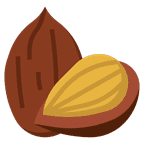 Almonds are dry fruits from the almond tree and are packed with nutrients. They are a good source of healthy fats, protein, fiber, vitamin E, and magnesium. Almonds are popular as a healthy snack and are also used to make almond butter and almond milk.
Almonds are dry fruits from the almond tree and are packed with nutrients. They are a good source of healthy fats, protein, fiber, vitamin E, and magnesium. Almonds are popular as a healthy snack and are also used to make almond butter and almond milk.
Pistachio:
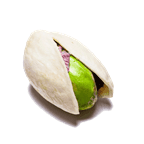 Pistachios are small greenish nuts that are not only delicious but also nutritious. They contain healthy fats, protein, fiber, and a variety of vitamins and minerals, including vitamin B6 and potassium. Pistachios are often enjoyed as a snack or used in cooking and baking.
Pistachios are small greenish nuts that are not only delicious but also nutritious. They contain healthy fats, protein, fiber, and a variety of vitamins and minerals, including vitamin B6 and potassium. Pistachios are often enjoyed as a snack or used in cooking and baking.
Cashews:
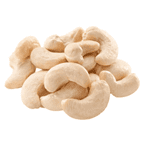 Cashews are kidney-shaped nuts that originate from Brazil but are now cultivated in various tropical regions. Known for their buttery flavor, they are widely used in both sweet and savory dishes, as well as consumed as a delicious standalone snack. Cashews are nutrient-dense, providing healthy fats, protein, dietary fiber, and essential minerals like copper and magnesium.
Cashews are kidney-shaped nuts that originate from Brazil but are now cultivated in various tropical regions. Known for their buttery flavor, they are widely used in both sweet and savory dishes, as well as consumed as a delicious standalone snack. Cashews are nutrient-dense, providing healthy fats, protein, dietary fiber, and essential minerals like copper and magnesium.
Cranberries:
 Dried cranberries are made from fresh cranberries that have been dehydrated. They are a rich source of antioxidants, particularly proanthocyanidins, which may help promote urinary tract health. Dried cranberries are commonly used in trail mixes, salads, and baked goods.
Dried cranberries are made from fresh cranberries that have been dehydrated. They are a rich source of antioxidants, particularly proanthocyanidins, which may help promote urinary tract health. Dried cranberries are commonly used in trail mixes, salads, and baked goods.
Walnut:
 Walnuts are a nutrient-dense food, rich in healthy fats, protein, and essential vitamins and minerals. They are an excellent source of omega-3 fatty acids, particularly alpha-linolenic acid (ALA), which is beneficial for heart health and brain function. Walnuts also contain antioxidants, vitamin E, B-vitamins, magnesium, and copper.
Walnuts are a nutrient-dense food, rich in healthy fats, protein, and essential vitamins and minerals. They are an excellent source of omega-3 fatty acids, particularly alpha-linolenic acid (ALA), which is beneficial for heart health and brain function. Walnuts also contain antioxidants, vitamin E, B-vitamins, magnesium, and copper.
Hazelnuts:
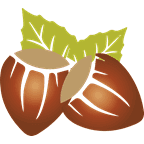 Hazelnuts are a nutrient-dense food, providing a good balance of healthy fats, protein, and essential vitamins and minerals. They are an excellent source of monounsaturated fats, particularly oleic acid, which is beneficial for heart health. Hazelnuts also contain vitamin E, B-vitamins, magnesium, phosphorus, and copper.
Hazelnuts are a nutrient-dense food, providing a good balance of healthy fats, protein, and essential vitamins and minerals. They are an excellent source of monounsaturated fats, particularly oleic acid, which is beneficial for heart health. Hazelnuts also contain vitamin E, B-vitamins, magnesium, phosphorus, and copper.
Saffron:
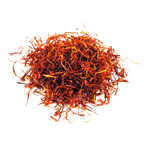 Saffron is one of the most labor-intensive spices to produce. Each saffron crocus flower produces only three red stigmas, which must be carefully handpicked during the short autumn flowering season. It takes a significant number of flowers to yield a small amount of saffron, making it one of the costliest spices in the world.
Saffron is one of the most labor-intensive spices to produce. Each saffron crocus flower produces only three red stigmas, which must be carefully handpicked during the short autumn flowering season. It takes a significant number of flowers to yield a small amount of saffron, making it one of the costliest spices in the world.
Watermelon seeds:
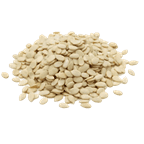 Watermelon seeds are the small, edible seeds found in the center of watermelon fruit (Citrullus lanatus). They are usually black, brown, or white in color, depending on the variety of watermelon. While many people choose to spit out or discard the seeds when eating watermelon, they are actually quite nutritious and can be consumed.
Watermelon seeds are the small, edible seeds found in the center of watermelon fruit (Citrullus lanatus). They are usually black, brown, or white in color, depending on the variety of watermelon. While many people choose to spit out or discard the seeds when eating watermelon, they are actually quite nutritious and can be consumed.
Peanuts:
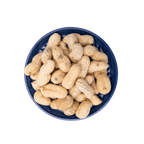 Peanuts, also known as groundnuts, are a popular legume that originated in South America but are now cultivated in various parts of the world. Peanuts belong to the legume family, Fabaceae. They are classified as Arachis hypogaea.
Peanuts, also known as groundnuts, are a popular legume that originated in South America but are now cultivated in various parts of the world. Peanuts belong to the legume family, Fabaceae. They are classified as Arachis hypogaea.
Foxnuts:
 Foxnuts, also known as lotus seeds or makhana, are the seeds of the lotus plant (Nelumbo nucifera). They are commonly found in Asian countries, particularly India, China, Japan, and Korea, where they have been used for centuries in traditional medicine and cuisine.
Foxnuts, also known as lotus seeds or makhana, are the seeds of the lotus plant (Nelumbo nucifera). They are commonly found in Asian countries, particularly India, China, Japan, and Korea, where they have been used for centuries in traditional medicine and cuisine.
Fennel:
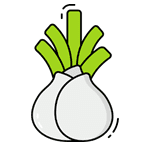 Fennel is a perennial herb that belongs to the Apiaceae family, which also includes other aromatic plants like parsley, dill, and coriander. It is known for its feathery leaves, yellow flowers, and flavorful seeds. Fennel is native to the Mediterranean region but is now cultivated in many parts of the world.
Fennel is a perennial herb that belongs to the Apiaceae family, which also includes other aromatic plants like parsley, dill, and coriander. It is known for its feathery leaves, yellow flowers, and flavorful seeds. Fennel is native to the Mediterranean region but is now cultivated in many parts of the world.
Read also:
Fruits Vocabulary
Flowers Vocabulary
3D Shapes Vocabulary


